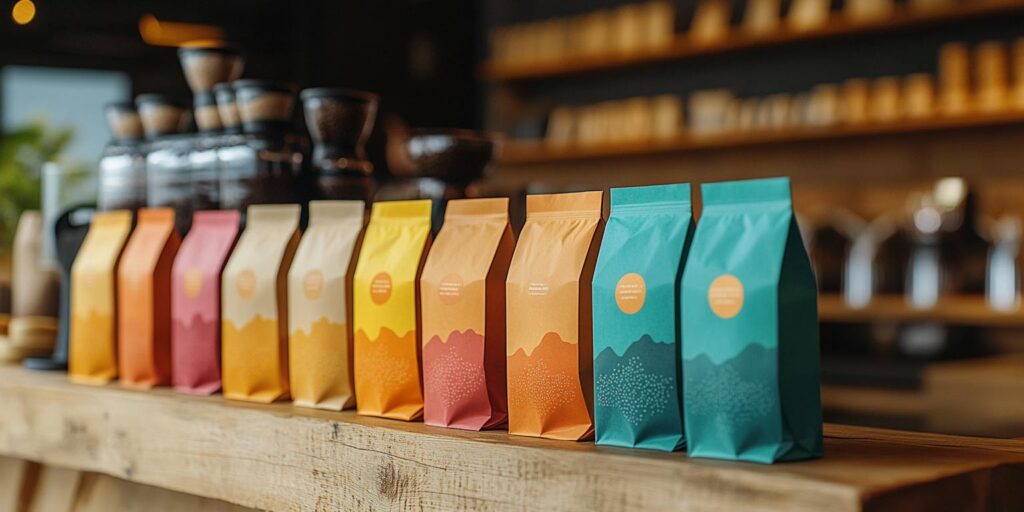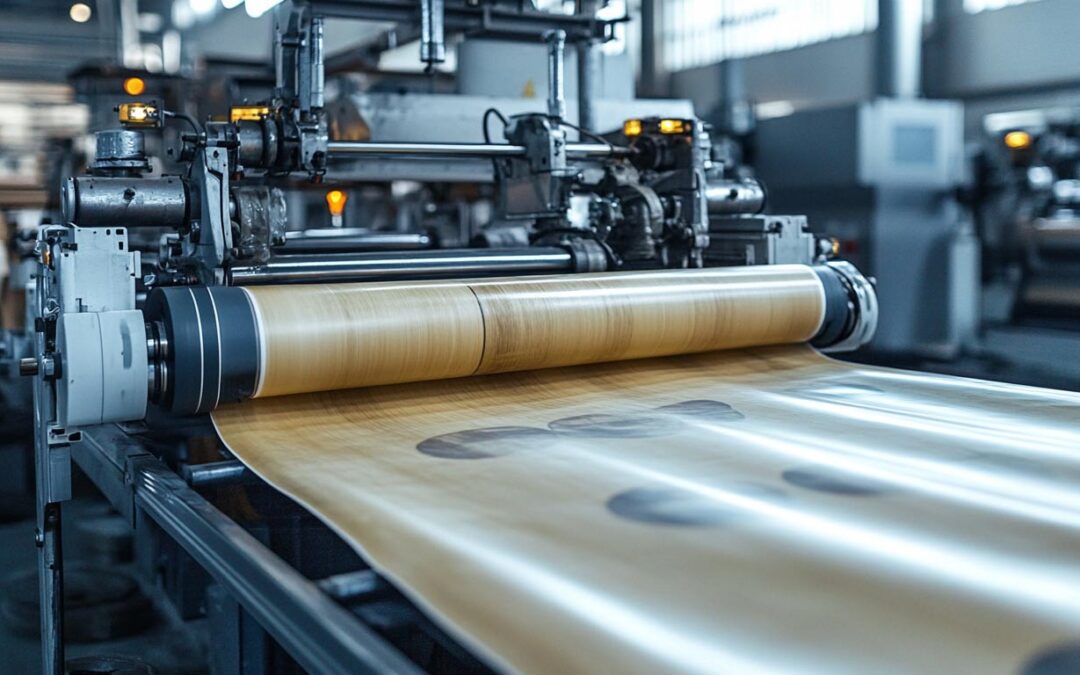Digital printing has been a game-changer for businesses needing fast, flexible, and high-quality packaging solutions. Instead of using traditional plates, digital printing applies ink directly to the material, making it an excellent option for brands that frequently update their packaging.
Advantages of Digital Printing:
✔ Low setup costs – No printing plates required, making it cost-effective for short runs.
✔ Fast turnaround times – Ideal for brands that need quick production.
✔ Customizability – Easily update designs, colors, and special editions.
✔ Eco-friendly – Uses less ink and material waste compared to traditional methods.
Disadvantages of Digital Printing:
✖ Higher cost per unit – While setup is cheaper, the per-unit price is often higher than traditional printing for large quantities.
✖ Limited color options – Digital printing may not achieve the same depth of color and vibrancy as traditional methods.
✖ Less durable – Digital prints may not be as resistant to wear and tear as traditional options.
Traditional Printing: The Industry Standard
Traditional printing methods like rotogravure and flexographic printing have been used for decades in coffee packaging. These methods rely on engraved cylinders or printing plates to apply ink, making them highly efficient for large production runs.
What is Rotogravure Printing?
Rotogravure, or gravure printing, is a technique where the design is engraved into a metal cylinder, which then transfers ink onto the packaging material. This method produces high-quality, long-lasting prints, making it a go-to for premium coffee brands.
Advantages of Traditional Printing (Rotogravure & Flexographic):
✔ Cost-effective for large runs – Once setup is complete, per-unit costs drop significantly.
✔ Superior color quality – Delivers rich, vibrant colors with excellent consistency.
✔ Long-lasting prints – Great for coffee packaging that needs to endure transport and handling.
✔ Special effects available – Allows for metallic inks, matte finishes, and embossing.
Disadvantages of Traditional Printing:
✖ High initial setup costs – Requires printing plates or engraved cylinders, which can be expensive.
✖ Less flexible for small runs – Not ideal for brands that frequently change packaging designs.
✖ Longer lead times – The setup process takes longer than digital printing.

Which Printing Method is Right for Your Coffee Bags?
The best printing method depends on your business size, budget, and how often you update your packaging. Here’s a quick guide to help you decide:
- Go with digital printing if: You need short runs, frequent design changes, or a fast turnaround.
- Choose traditional printing if: You have high-volume orders, require top-tier print quality, and want long-term cost savings.
Final Thoughts: The Right Printing Choice for Your Coffee Brand
Both digital and traditional printing have their place in the coffee industry. If you’re a growing brand that values flexibility, digital might be your best bet. On the other hand, if you need a cost-effective solution for large orders with premium quality, traditional methods like rotogravure could be the way to go.
By understanding the pros and cons of each method, you can make the right choice for your coffee bags—ensuring they not only look great but also support your brand’s growth.
No matter which option you choose, great packaging is key to attracting coffee lovers and keeping your brand competitive in today’s market!

